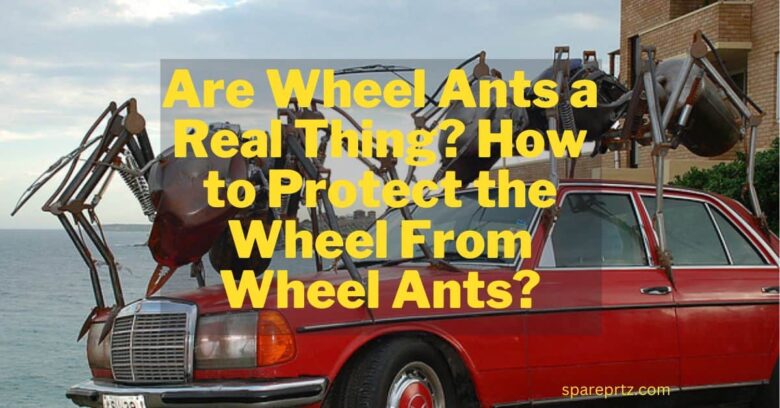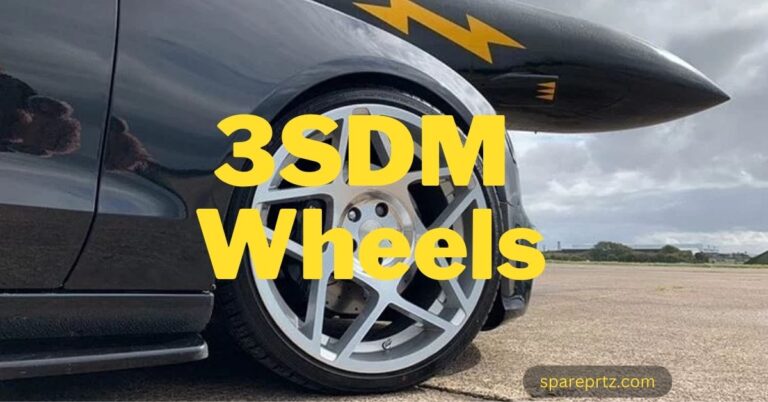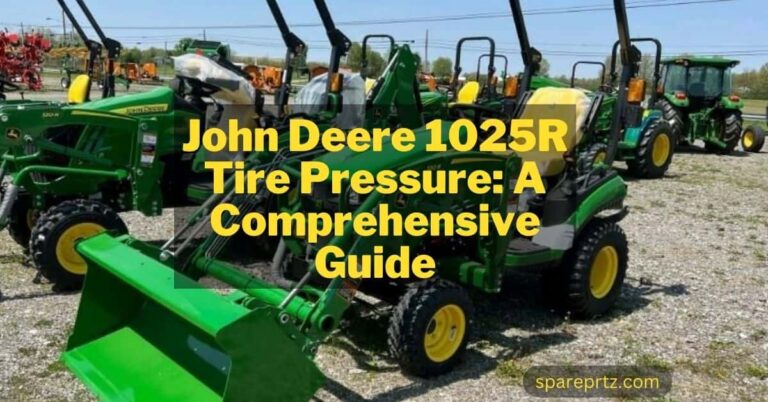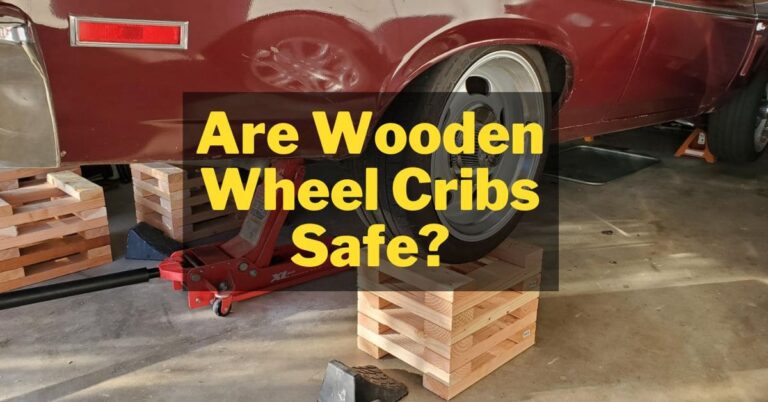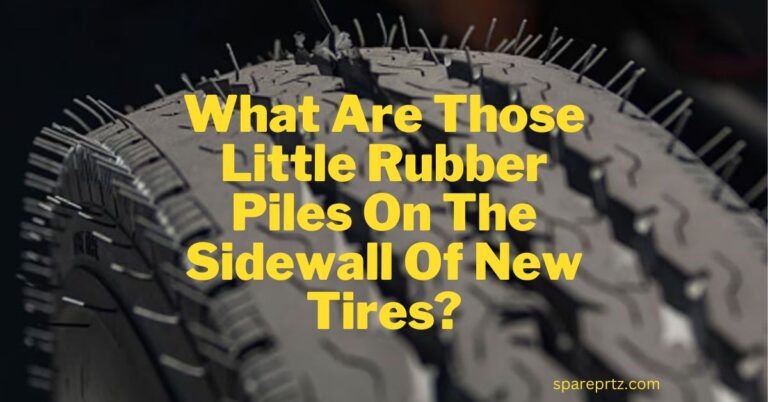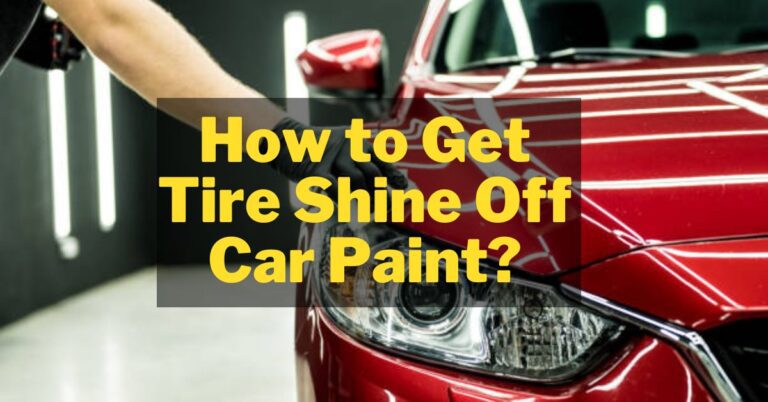Are Wheel Ants a Real Thing? How to Protect the Wheel From Wheel Ants?
Once my friends and I arranged a tour, in the morning, we started our journey. We planned to go to the hilly areas. We stopped the car after some time, and we saw some ants moving in a circular pattern.
As soon as we saw the ants, we were amazed and curious. But one of my friends knew about them. He told us that they were wheel ants. Now the question is raised: What are wheel ants? How to protect wheel from wheel ants?
What Are Wheel Ants?
Wheel ants are ants that are migrating or moving in a circular pattern. There is a group of ants that migrate in a circular and wheel-like pattern. These ants are known as Army ants. There are different types of ants in it.
There are some workers, soldiers, and a single queen. There are works assigned to the workers and soldiers. The worker and soldiers are responsible for some duties such as food, nest building, and defense. The queen plays one role which is reproduction.
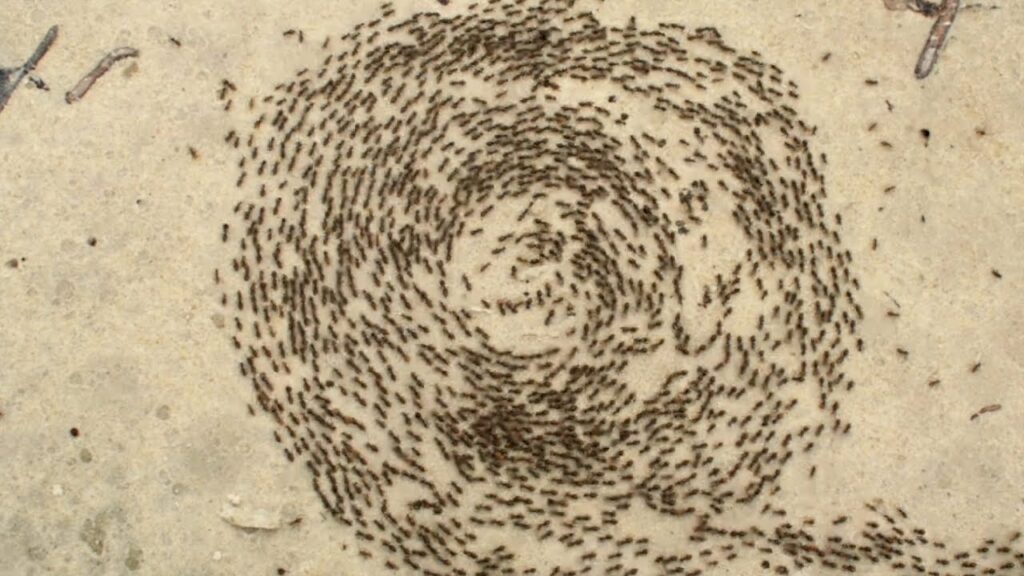
Are Wheel Ants a Real Thing?
No, wheel ants are not real; it is a group of ants that migrate in circular and wheel-like patterns. The migration pattern of that ants resembles the Wheel, so they are known as Wheel ants. These ants have large colonies, and they migrate like an army; therefore, they are known as Army ants.
Where Are These Wheel Ants Found?
Now some questions are she’ll be in your mind, where are these ants found? In which ant’s family do they belong? We answered you one by one with all of the questions in your mind. Asia, South America, and some parts of Africa are the most common locations for wheel ants. These ants are commonly known as army ants, and they belong to the Eciton genus. They live a nomadic life.
Wheel Ants Nest:
Workers and soldiers construct the nest. These wheel ants do not construct permanent nests. They build a temporary nest. That temporary nest is known as a bivouac. The bivouac is a temporary nest made by interviewing the ant bodies together.
It saves the colonies during the rest periods. They build different types of temporary shelters. It depends on the site and environmental conditions. They build temporary shelters under rocks, fallen logs, leaves, and vegetation material.
Various species of army ants have different strategies for constructing temporary shelters. It may depend on the foraging behavior of species.
There some species connect their bodies and build a protective layer and temporary shelter. They use their body to form the protective layer. They grip each other’s bodies and form a temporary shelter. They form a well-structured shelter, and It is easily relocated when they move for foraging and migration.
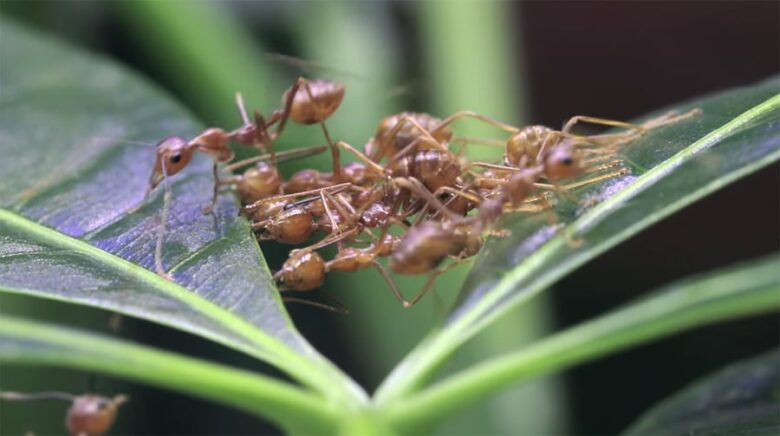
Why Do Wheel Ants From Wheel Like a Pattern?
These Wheel ants are linked with each other and form a wheel-like pattern. These ants grip their bodies with each other and form a chain or wheel-like pattern. With these patterns, they help each other in difficult situations. This wheel pattern helps the ants overcome barriers or steer difficult territory more efficiently.
This Wheel pattern means protection. By creating a chain or circle, the ant creates a defensive system against the predator and threats. This cooperative behavior helps the ants to migrate easily.
Wheel Ants Food or Forage:
Different Wheel ants have different diet materials. There are mostly wheel ants that consume plant-based material in their diet. So, they are known as omnivorous. There are different diets that different wheel ants species consume are given below.
- Some Wheel ants species consume the surgery substance in their diet, such as nectar, and sweet fruits produce honeydew.
- Some species are predatory; they eat small insects and spiders.
- Different species of Wheel ants consume the seeds of plants or leaves, and fungi are used too as forage.
- These Wheel ants play a role in decomposition. These ants consume the dead organic matter and play a role in decomposition.
- Different species of Wheel ants consume different diets. It depends on the ecology of the wheel ant species. Their different species adopt different food sources based on their habits and ecology.
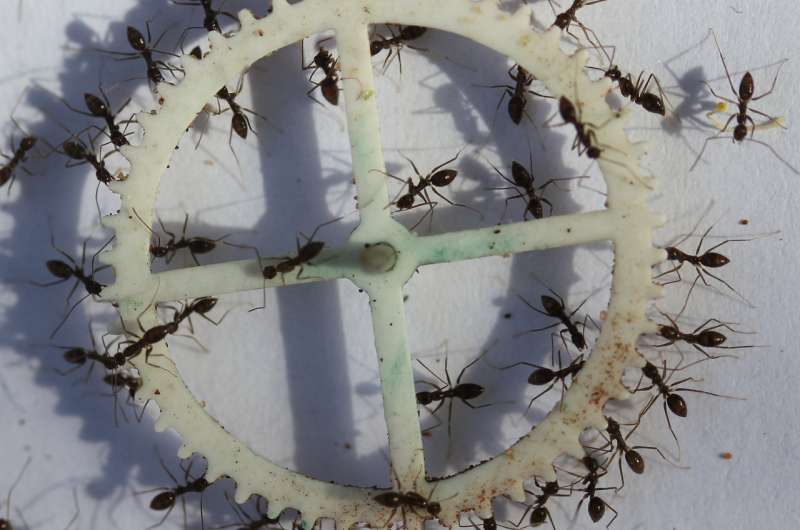
How to Protect the Wheel From Wheel Ants?
There are different protection suggestions that we follow and protect the Wheel of the car from wheel ants. These suggestions are given below.
- We seal all entry points of our car. We seal the Wheel and other parts. So, no entry point remains to wheel ants for entry. By that suggestion, we protect the Wheel from wheel ants
- Avoid leaving food particles in the car. Odors of these food particles attract the ants.
- If we have food containers and we do transport food, then we seal the food. The odors of this food can attract the wheel ants.
- We clean the car regularly. We clean the food particles and spills from the car. These particles’ odors can attract the wheel ants.
- To protect from wheel ants, we do not park the car near the wheel ants colonies.
- We Remove or clean all spills and sticky substances. These substances can attract the wheel ants.
- We use the repellent material to protect the wheel ants
- We vacuum our car interior and remove food crumbs that attract the wheel ants. We completely cleaned the car.
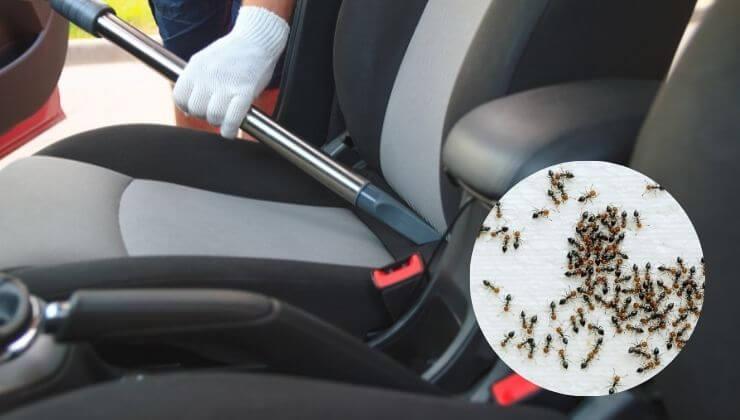
Conclusions:
We discussed the wheel ants that build circular and wheel-like patterns during the migration. During the migration, they form the wheel pattern. By this pattern, wheel ants are linked with each other and protect each other in difficult conditions.
The wheel ants build a temporary nest The wheel ants consume Plant-based materials, eat small insects, and decompose the dead organic matter. We protect the Wheel from wheel ants. We completely clean our car to protect it from wheel ants.

